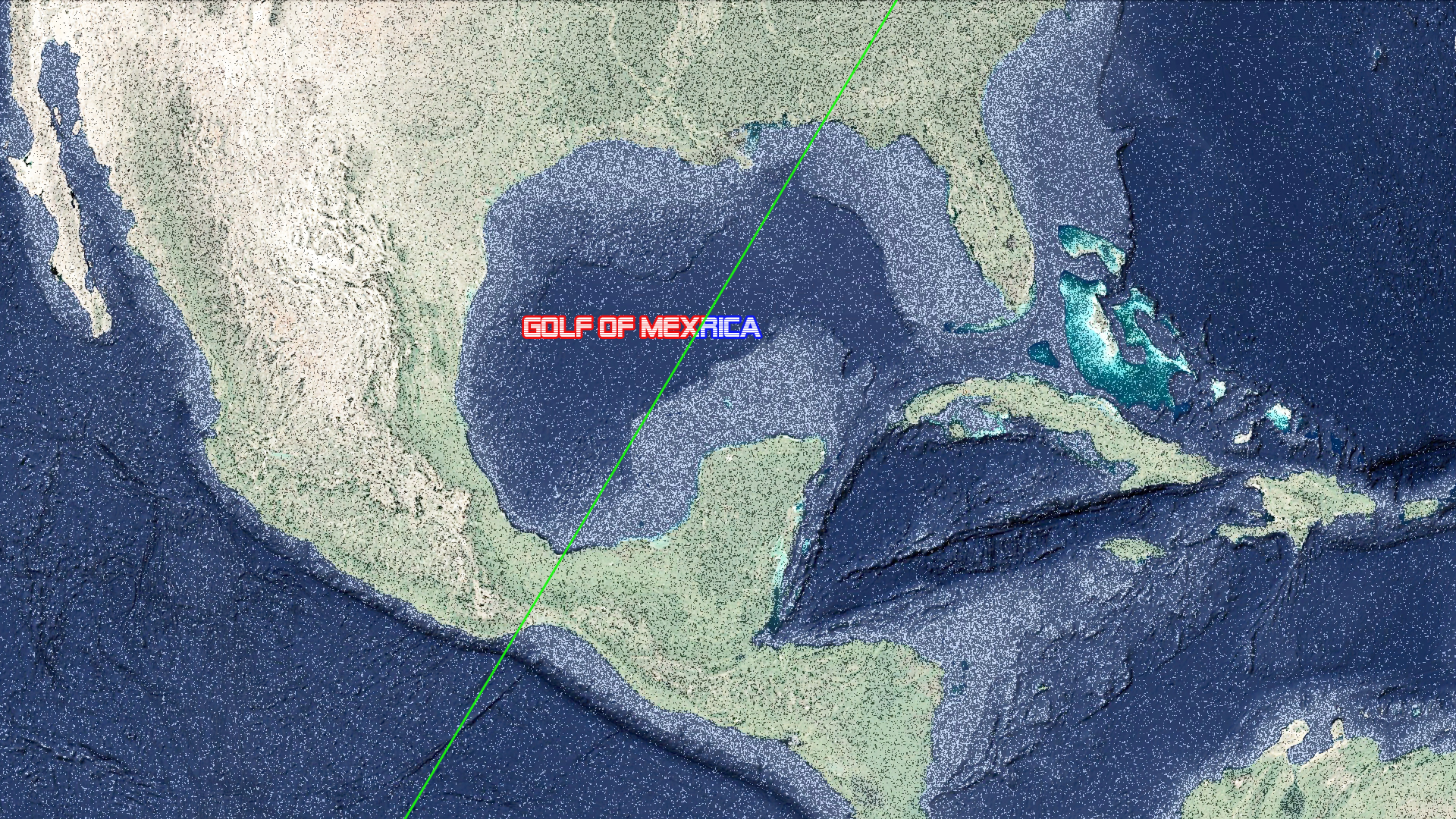
Mapping Change: Google’s Bold Move to Rename the Gulf
In a significant move that reflects the evolving landscape of geographic nomenclature, Google Maps has officially updated the name of the Gulf of Mexico to the Gulf of America for users in the United States. This change, which follows an executive order from President Trump, marks a pivotal moment in how geographic names are perceived and utilized in digital mapping services. While the name change has sparked discussions, it also presents an opportunity to explore the implications of such updates in a globalized world.
A Shift in Geographic Naming
The decision to rename the Gulf of Mexico to the Gulf of America is rooted in a broader context of national identity and representation. As reported by the New York Times, this change was initiated by an executive order signed by President Trump on his first day in office, emphasizing a desire to reinforce American identity in geographic terms. Google, adhering to its longstanding practice of updating names based on official government sources, promptly implemented this change once the U.S. government updated its official maps. Users in the U.S. will now see the Gulf of America, while those in Mexico will continue to see the Gulf of Mexico, and international users will see both names, with the Gulf of Mexico listed first.
This dual naming approach is not unprecedented. Google has previously navigated similar situations, such as the naming of the body of water between Saudi Arabia and Iran, which is referred to as both the Persian Gulf and the Arabian Gulf depending on the user’s location. This practice highlights Google’s commitment to providing contextually relevant information while respecting regional sensitivities.
Embracing Change in Digital Mapping
The update to Google Maps is more than just a name change; it reflects the dynamic nature of digital mapping and the role it plays in shaping public perception. As geographic names evolve, they can influence cultural identity and national pride. The Gulf of America designation may resonate with many Americans, fostering a sense of ownership and connection to the region.
Moreover, this change underscores the importance of digital platforms in disseminating geographic information. With millions of users relying on Google Maps for navigation and information, the platform’s ability to adapt to changing political and cultural landscapes is crucial. By aligning its mapping services with official government designations, Google reinforces its role as a reliable source of information while also navigating the complexities of international relations.
A Positive Outlook for Geographic Representation
While the name change has generated mixed reactions, it is essential to view it through a lens of opportunity. The Gulf of America can serve as a symbol of unity and pride for Americans, encouraging a deeper appreciation for the country’s natural resources and coastal regions. This change may also inspire further discussions about the significance of geographic names and their impact on national identity.
In addition, the Gulf of America designation could have positive implications for tourism and local economies. By promoting a distinct identity for the region, stakeholders can leverage this change to attract visitors and investment. Coastal communities may benefit from increased awareness and interest, leading to economic growth and development.
The transition from the Gulf of Mexico to the Gulf of America in Google Maps is a noteworthy development in the realm of geographic naming. It reflects a broader trend of re-evaluating how we define and represent our natural landscapes. As we embrace this change, it is crucial to recognize the potential benefits it brings, from fostering national pride to stimulating economic opportunities. The Gulf of America is not just a name; it represents a new chapter in how we connect with our geography and each other in an increasingly interconnected world.






